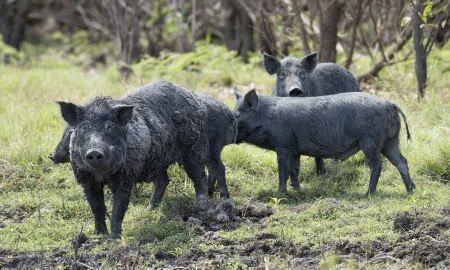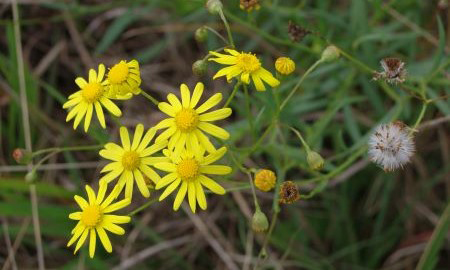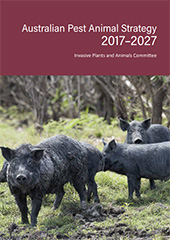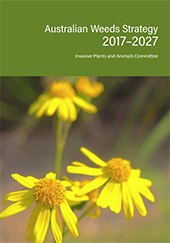Pest animals and weeds have significant negative impacts on agriculture and our natural environment. They also can impact cultural sites and can spread disease.
Managing negative impacts
An established pest, weed or disease may be widely distributed across Australia or confined to specific region. Those that are confined to a region may be the subject of management measures to stop further spread.
Managing the impacts of pest animals and weeds is a shared responsibility. Farmers, industry, communities and governments all play a role. The department has 4 focus areas for our work.
National coordination and capacity building
We help reduce the impacts of established pests and weeds through collaboration. We work with states and territories, industry and non-government organisations to improve pest and weed management across the country.
We invest in national coordinator positions to help land managers to reduce the impacts of priority pest animals. We also enhance the ability of producers and land managers deal with pests and weeds through targeted education products likes manuals and factsheets.
Our priorities include:
Research and development for new management tools
We invest in research and development into new and improved management tools. This helps land managers, farmers and the community manage pests and weeds.
Management tools can include a range of technologies including baits, biological control agents and artificial intelligence solutions.
Explore the Carp Biological Control Program
Strategic investment in on-ground management
On-ground pest animal and weeds management is the responsibility of state and territory governments. We partner with states and territories to support control efforts. This helps reduce impacts on agriculture and the environment.
Explore funded on-ground projects
Better information
We work with the Australian Bureau of Agricultural and Resource Economics and Sciences to understand:
- how many pest animals and weeds there are in Australia
- where they are in Australia
- their impact on Australian agriculture and our environment.
View the latest ABARES Pest animals and weed management survey.
Strategies
Australian Pest Animal Strategy
Australian Pest Animal Strategy 2017 to 2027
The Australian Pest Animal Strategy, owned by the Environment and Invasives Committee, provides national guidance on pest animal management.
Related links: Pests in Australia
Australian Weeds Strategy
Australian Weeds Strategy 2017 to 2027
The Australian Weeds Strategy, owned by the Environment and Invasives Committee, provides national guidance on weed management.
Related link: Weeds in Australia
Our programs
- Supporting Communities Manage Pest Animals and Weeds Program
- Established Pest Animal and Weeds Management Pipeline Program
The Australian Government also invests in established pest animal and weeds management through:
- Management of Commonwealth land, including Department of Defence and Parks Australia
- The Regional Land Partnership component of the National Landcare Program and the Bushfire Recovery Program and support of Indigenous Protected Areas
- Rural Research and Development Corporations
- Cooperative Research Australia
- Centre for Invasive Species Solutions
Closed programs
- Communities Combating Pest and Weed Impacts During Drought Program
- Agricultural Competitiveness White Paper - Established Pest Animals and Weeds Measure




